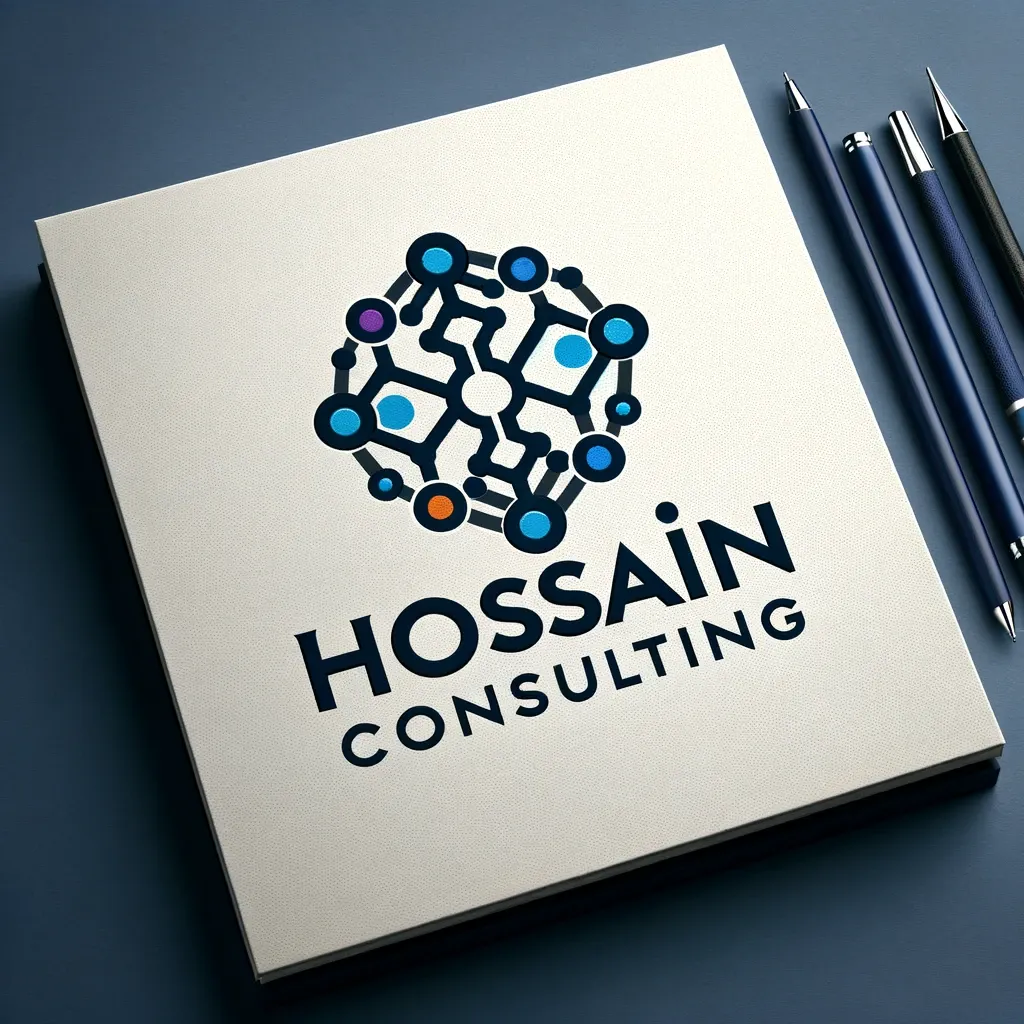Day 23: AI-enhanced Risk Assessment in Insurance with Groove.AI: Improving Underwriting
Dive into the digital transformation of the insurance sector, where Groove.AI leverages artificial intelligence to redefine risk assessment and underwriting, marking a new era of efficiency and precision.

In the intricate world of insurance, the underwriting process is a critical step that determines the viability of policies and the balance of risk. Traditional methods, while reliable, often involve time-consuming analyses and manual evaluations. Groove.AI emerges as a game-changer in this context, employing AI to revolutionize risk assessment, enhance underwriting efficiency, and foster more accurate insurance policy pricing.
Revolutionizing Risk Assessment with AI
Groove.AI introduces a paradigm shift in how insurers evaluate risk, harnessing the power of data analytics and machine learning to automate and refine the underwriting process.
Automating the Underwriting Process
At the core of Groove.AI's impact is the automation of data collection and analysis. By aggregating and processing vast amounts of information from various sources — including historical data, social media, and IoT devices — Groove.AI provides a comprehensive risk profile in a fraction of the time it takes through traditional methods. This automation not only speeds up the underwriting process but also reduces human error, leading to more accurate risk assessments.
Enhanced Accuracy in Risk Pricing
One of the most significant advantages of integrating Groove.AI into the underwriting process is the increased accuracy in risk pricing. AI algorithms analyze patterns and trends that may not be immediately apparent, enabling insurers to set premiums that more accurately reflect the level of risk, benefiting both the insurer and the insured.
Personalized Policy Offerings
Groove.AI's data-driven approach allows for the creation of personalized insurance policies tailored to the specific needs and risk profiles of individual customers. This personalization enhances customer satisfaction and loyalty, as policies are more closely aligned with customer requirements and expectations.
Predictive Analytics for Future Risk
Beyond assessing current risk, Groove.AI employs predictive analytics to forecast future risk scenarios. This forward-looking approach enables insurers to anticipate potential claims, adjust policies accordingly, and advise customers on mitigating risks before they materialize, adding value to the insurer-customer relationship.
Navigating Challenges in AI Integration
The integration of AI technologies like Groove.AI into insurance underwriting presents challenges, including data privacy concerns, the need for regulatory compliance, and ensuring transparency in AI decision-making processes. Addressing these challenges is essential for gaining customer trust and fully realizing the benefits of AI in insurance.
The Future of Insurance Underwriting with Groove.AI
As AI technology continues to advance, the future of insurance underwriting with Groove.AI looks promising. Innovations on the horizon may include even more sophisticated predictive models, real-time risk assessment capabilities, and the use of AI in combating insurance fraud, further enhancing the efficiency and accuracy of the underwriting process.
Conclusion: A New Standard in Insurance Underwriting
Groove.AI is setting a new standard in insurance underwriting, offering AI-enhanced solutions that streamline processes, improve risk assessment accuracy, and personalize policy offerings. By embracing Groove.AI, the insurance sector can navigate the complexities of risk in the digital age more effectively, ensuring a more secure and prosperous future for both insurers and their customers.
Stay tuned for Day 24, where we'll explore Groove.AI's impact on another key industry, showcasing the broad applicability and transformative potential of AI in modernizing traditional processes.

